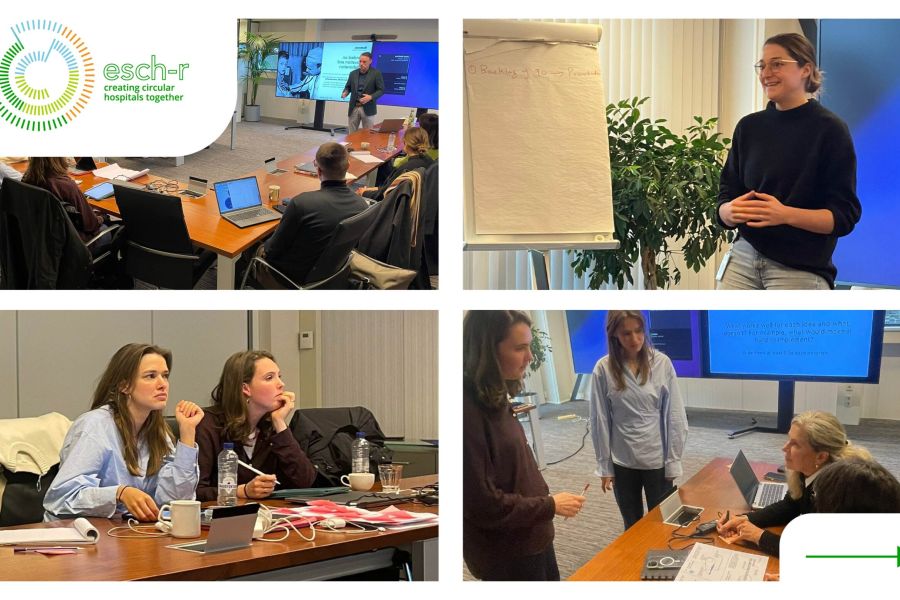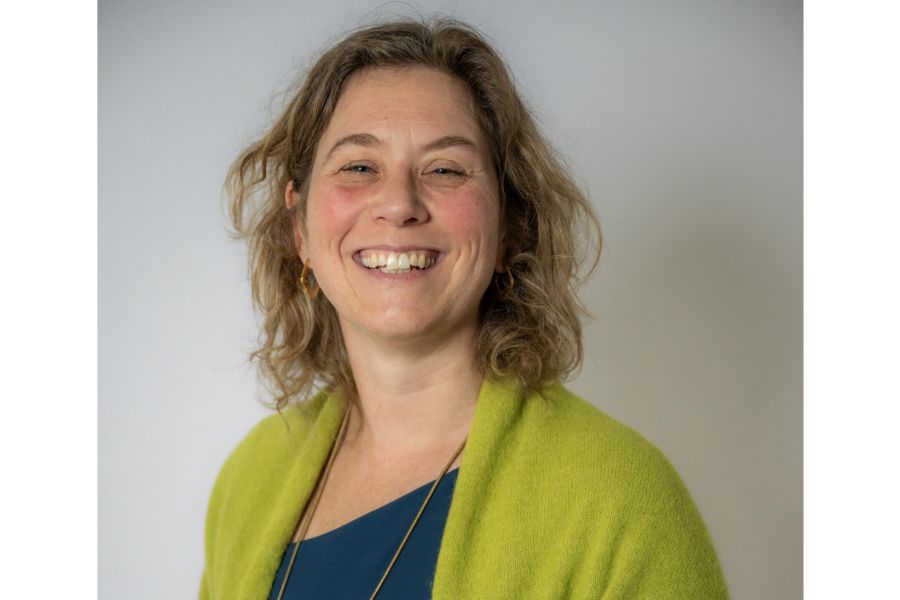Webinar by Tamara Hoveling on Circular Strategies
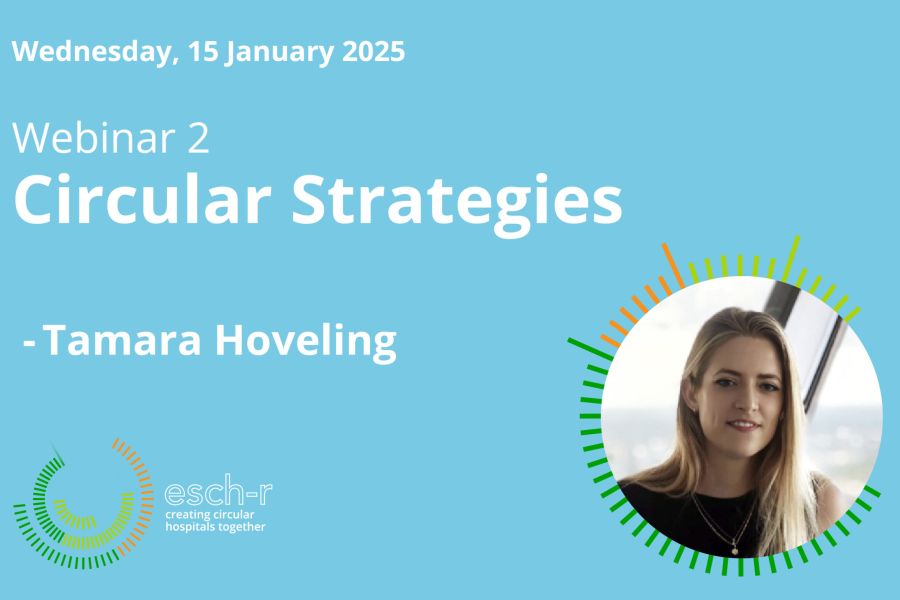
On Wednesday January 15, ESCH-R hosted the second webinar with Tamara Hoveling, PhD researcher at TU Delft, about Circular Strategies. Tamara’s background in industrial design and biomedical engineering has led her to focus on innovative, circular/sustainable approaches in clinical health.
Tamara highlighted the industry’s reliance on disposable devices, driven by safety concerns, and shared her thoughts on the wasteful “single-use” mindset. She emphasized the need for alternative, safe, and circular design strategies.
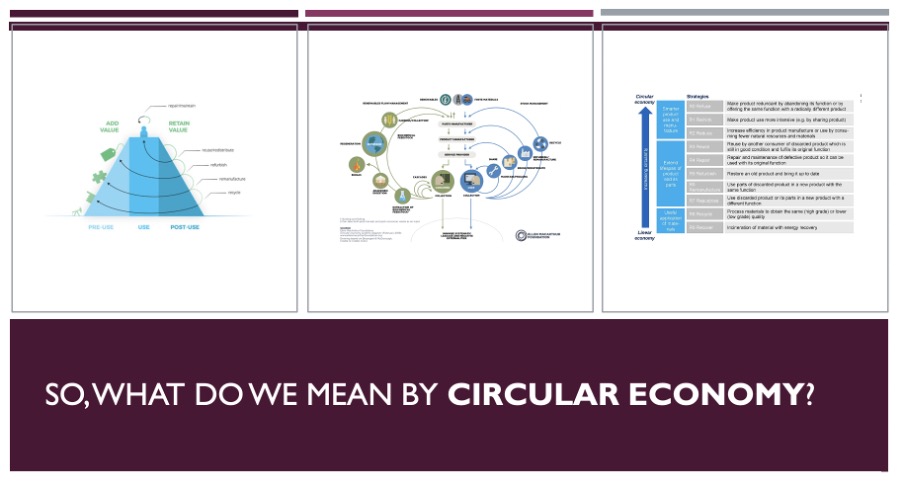
Circular economy shifts from linear to circular processes like reuse, refurbishment, and maintenance. Tamara shared frameworks such as the value lhill and the butterfly diagram but noted their general nature, which often fails to capture healthcare-specific nuances like safety protocols, contamination risks, and regulatory complexities.
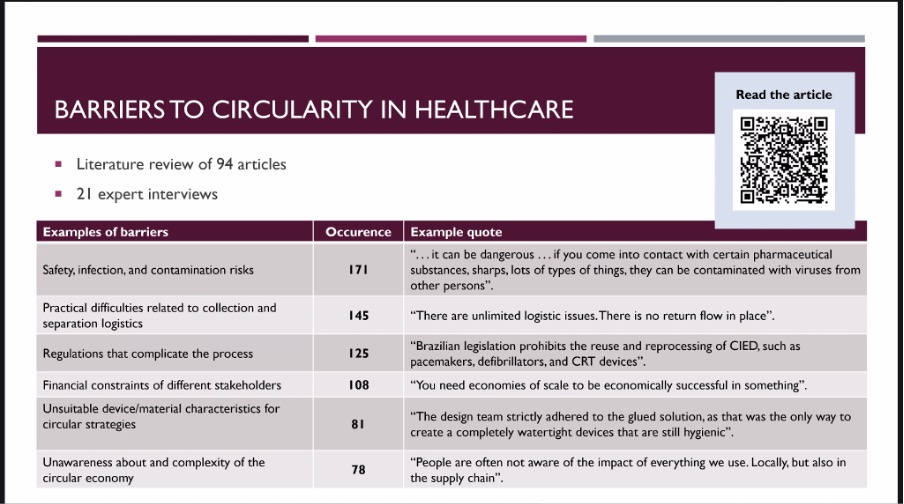
Her research identified 31 barriers to circularizing healthcare, captured from literature review of 94 articles and 21 expert interviews. A few examples of the barriers she discussed:
- Safety, infection, and contamination risks
- Practical difficulties related to collection and separation logistics
- Regulations that complicate the process
- Financial constraints of different stakeholders
- Unsuitable device/material characteristics for circular strategies
- Unawareness about and complexity of the circular economy
How can these frameworks, such as the value hill and the butterfly diagram, be remade to be applicable to healthcare? Firstly, to tackle the terminology barrier. Tamara explained the confusion in inconsistent terminology in sustainability and healthcare literature. For instance, the term “reprocessing” is often misunderstood or inconsistently defined, hampering collaboration and implementation of circular strategies. She proposed a structured approach to circularity in healthcare specific definitions.
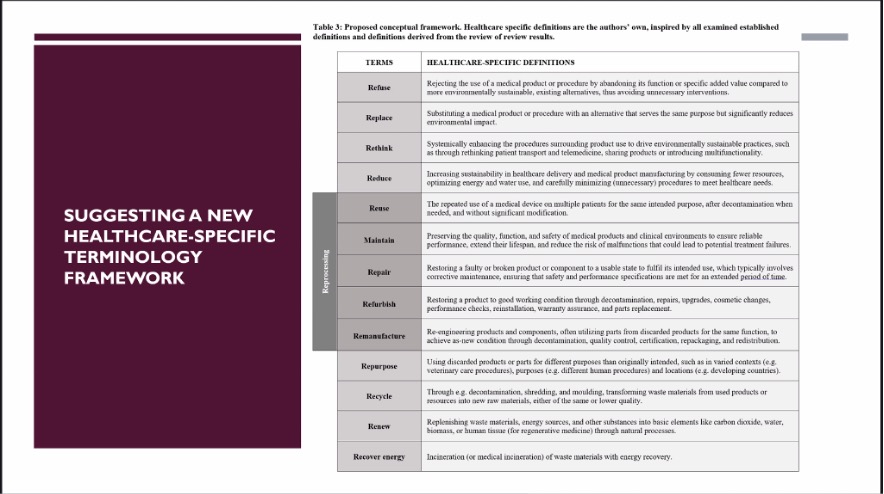
Tamara concluded to rethink traditional practices, align on terminology, and adopt circular strategies. These steps are essential to reduce the healthcare industry’s environmental impact, which she noted is more polluting than aviation and shipping combined. Her research highlights the potential of a circular economy to transform healthcare sustainably.
Read more about Tamara’s research: https://www.sciencedirect.com/science/article/pii/S0921344924003136
